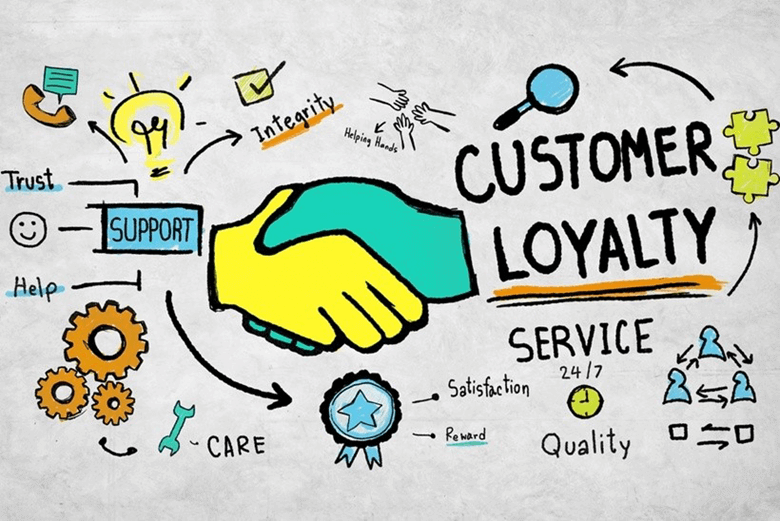
The rise of low-cost carriers over the last decade is putting the airline industry under acute pressure, with the race to the bottom getting ever more intense. Just this month, the president of Emirates Airlines called low-cost, long-haul service a “gathering storm” for the industry and IAG, the parent company of British Airways and Iberia, launched a budget service flying between Europe and the U.S. West Coast.
Hotels have faced similar disruptions from sharing economy newcomers such as AirBnB. The company’s valuation has already exceeded the biggest hoteliers on the planet and recent figures from CBRE this week suggest that U.S. RevPAR could lose 0.9% of its growth potential because of AirBnB’s market domination.
We work first hand with organizations who’ve been impacted by these market changes and it’s now even more essential for them to make creative strategic changes to distinguish their brand from the rest while boosting their bottom line.
Loyalty is by no means a new concept. 65% of marketers use a customer loyalty program for retention and sales because acquiring new customers is an expensive business. It costs the average business 5 to 10 times more to acquire a new customer than to keep an existing one. And even more importantly, current customers spend more money than new ones – 67% more according to Inc.com. But with the average American a member of 29 different loyalty programs, but active in only 12– it can be hard to get it right. Particularly for brands in the travel industry who struggle with becoming more in the ‘everyday’ of their consumers’ lives.
To those struggling to generate cut-through, I say that empowering your consumers with more choice is key. Travelers, enabled by social networks and their digital devices, are increasingly dictating what they want and when and where they want it. According to Deloitte, they have become both critics and creators, demanding a more personalized service and expecting to be given the opportunity to shape the products and services they consume.
Research recently conducted across 1,000 airline and hotel loyalty program members across the US, for our Value of Redemption 2 report, shows that consumers also want to see this level of choice in both the way and with what they redeem their loyalty currency on.




